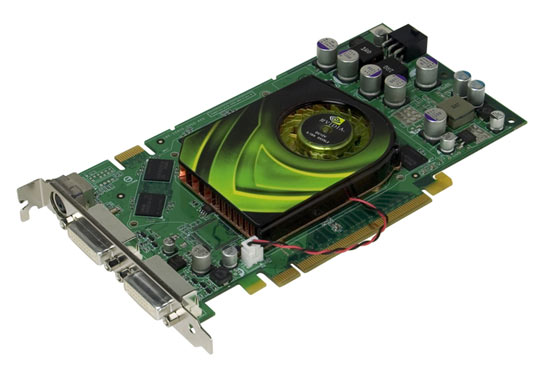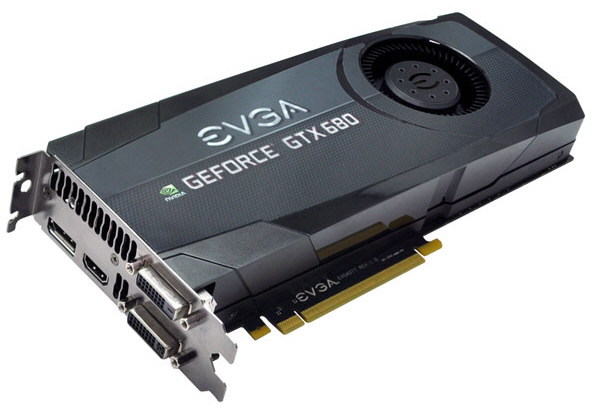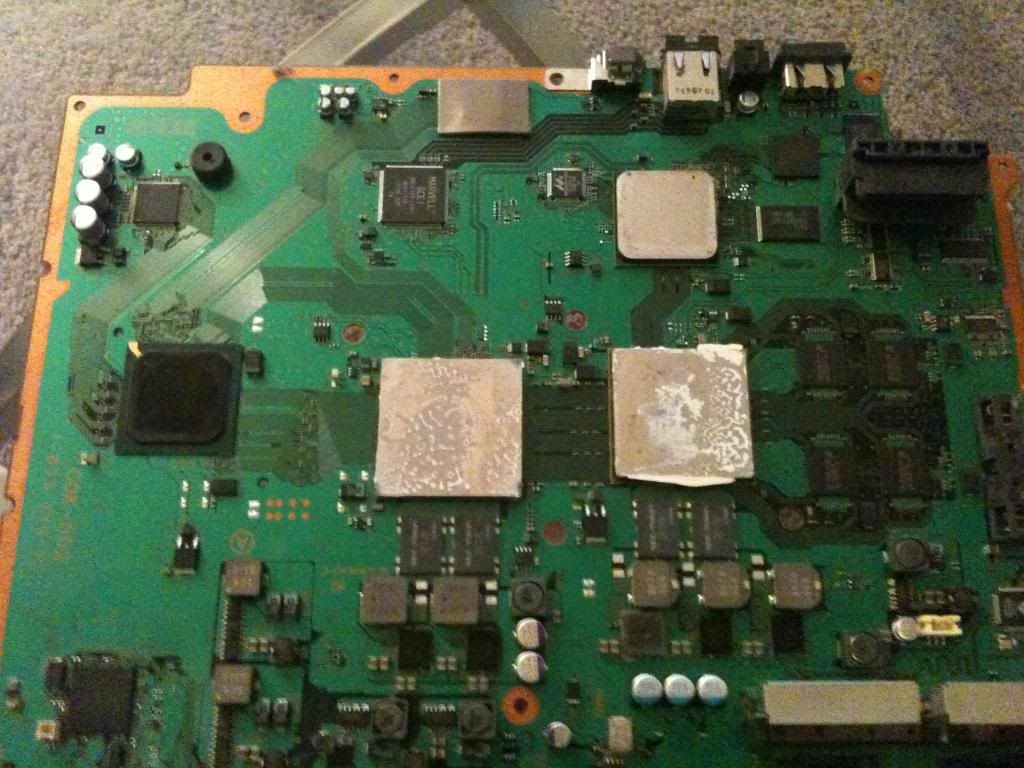|
disolitude said: 1. Thats just not true. 300 mm wafers were used since early 2000s and were used even with 130 nm nodes let alone 90 nm. All one has to do is google "300 mm wafer 90 nm". There is no way anyone as big as nVidia would have used 200mm wafer in 2006 due to cost. Here is a nice pfd about the switch from 200 to 300 mm wafer technology back from 2003. http://www.google.ca/url?sa=t&rct=j&q=&esrc=s&frm=1&source=web&cd=4&cad=rja&ved=0CFsQFjAD&url=http%3A%2F%2Fwww.nanobuildings.com%2Fbat%2Fpresentations%2Fdownloads%2FMJamison_Presentation.pdf&ei=MC_7UJGiHoaFrAHjg4Bg&usg=AFQjCNHjo_VGZy63bXSRNf94_U8-9K5h_w&sig2=daGiC7s0TT9EEAoyE5_OoA 2. Why would RSX which is not a very good chip in 2006 have lower yields than 7970m which is the best mobile chip money can buy in 2012? RSX is not the Cell or Nvidia Geforce 200 series processor which were cutting edge. It's a fairly basic GPU...even if the yield wasn't 90%, it has to be high. 3. Wafer cost figures you're quoting...lets see some links. By searching on Google, I see 300mm wafers price quoted anywhere from $2000 dollars to $10000 dollars. Bottom line is that the manufacturing cost math doesn't add up if you admit that 300 mm wafer was used, which it was. All this "I'm pretty sure" stuff is just a way to spin arguments in your favor. A second bottom line is that there is no way that RSX (mediocre chip in 2006) cost 129 dollars while a 7970m (amazing chip in 2013) costs less. If it did, everyone would be making powerful consoles, including Nintendo. |
Like I said I'm pretty sure what I was talking about...
Nagasaki 2
- Line #1 produces the PSP MIPS CPU/media engine, 200mm wafers, 90nm on upper level; Process CMOS4
- Line #2 produces the RSX GPU, 200mm wafers, 90nm; Process CMOS4
- Line #(?) will produce Cell chips on 300mm wafers, SOI, and 65nm on Floor 1 of facility; Process 11S
- Line #(?) will produce RSX on 300mm wafers, 65nm on Floor 2 of facility; Process CMOS 5
OTSS joint fab
- Line #1 produces the EE+GS@90nm, 200mm wafers, 90nm; Process CMOS4
- Line #2 produces the RSX GPU, 200mm wafers, 90nm; Process CMOS4
- Line #(?) will produce RSX chips on 300mm wafers, 65nm; Process CMOS5
http://e-mpire.com/archive/index.php/t-51069.html
I have a party now but just search in google to see what I said is true.
If you have any other doubt I can explain to you tomorrow... thanks.
PS. You know to move a production line from 200mm to 300mm needs billions dollars... and today chips is way more cheaper because the 28nm.













































 ... I can't see a new custom chip today costing more than $70 (with royalties and TSMC added) with the 28nm, 300mm wafer... it's just impossible in today market.
... I can't see a new custom chip today costing more than $70 (with royalties and TSMC added) with the 28nm, 300mm wafer... it's just impossible in today market.
















 .
.






